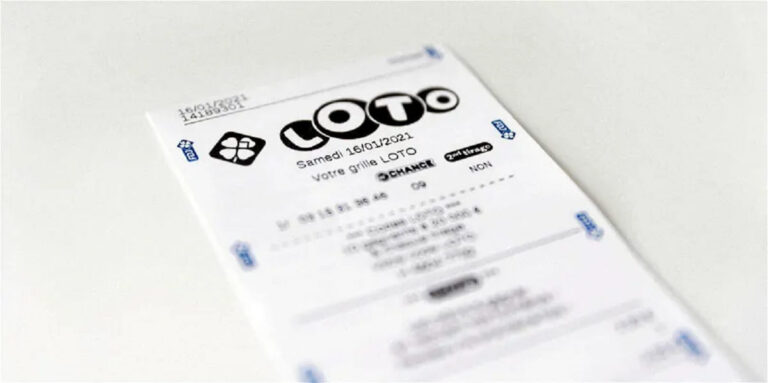In the often unpredictable world of lottery draws, the idea of a ‘winning formula’ sounds like the stuff of legends. Yet, Stefan Mandel, a self-proclaimed “mathematical philosopher,” turned this fantasy into a reality by winning the lottery an astonishing 14 times, thanks to his simple yet ingenious algorithm. His story is not just about luck; it’s about mathematics, a vast network, and the audacity to dream big.
The Genesis of a Lottery Legend
It all began on a chilly evening on February 15, 1992, in Virginia, where a seemingly ordinary lottery draw was about to unveil something extraordinary. As the winning numbers were announced—8, 11, 13, 15, 19, and 20—what seemed improbable became reality. One person not only won the $27 million jackpot but also claimed six second prizes, 132 third prizes, and an astounding 135,000 minor prizes. This level of success was too structured to chalk up to mere chance.
Behind these incredible wins was a vast and intricate system orchestrated by Mandel. His journey started under the harsh realities of communist Romania in the 1970s. Faced with economic hardship, Mandel was convinced that arithmetic could be his ticket to a better life. After years of research and calculations, he devised an algorithm based on what he termed “combinatorial condensation.”
The Magic Formula Explained
Mandel’s method was surprisingly straightforward, which he claimed any high school math student could calculate. The first step was to determine the total number of possible combinations. For instance, in a lottery where the goal is to pick six correct numbers out of 40, this amounts to 3,838,380 combinations. Mandel would then participate in the lottery only when the jackpot was significantly higher than this number, ensuring that the investment was worth the risk.
His strategy was simple yet effective: play when the jackpot is at least double the cost of purchasing every possible combination. This would mean the total investment was always less than the potential maximum gain, making the venture profitable.
Building a Winning Network
To ensure victory, Mandel employed a straightforward technique: he purchased a lottery ticket for nearly every possible combination, often with the aid of numerous accomplices who would later share in the winnings. By buying millions of tickets, Mandel and his collaborators almost always won.
His first major win involved teaming up with four friends to take on a small Romanian lottery. They hit the jackpot and continued to refine and repeat their system, eventually amassing substantial sums. Over the years, he persuaded hundreds of investors to pool their resources into a “lottery syndicate,” and developed a fully automated system using numerous printers and computers that prefilled tickets with every possible combination.
An Era Comes to an End
Mandel’s strategy peaked during the 1980s when his syndicate consistently outsmarted lottery systems, including a notable win in Australia where they pocketed $1.1 million in 1986. However, authorities soon caught on. Changes in gambling laws across several countries, including Australia and later the United States, made it illegal for a single entity to purchase all possible lottery combinations, effectively closing the loophole Mandel had exploited.
Despite his eventual legal troubles and the global tightening of lottery rules, Mandel’s legacy remains a fascinating chapter in the history of gambling. His story serves as a testament to the power of mathematical principles and the potential to turn the odds in one’s favor—although, in today’s world, replicating his method is no longer possible.






